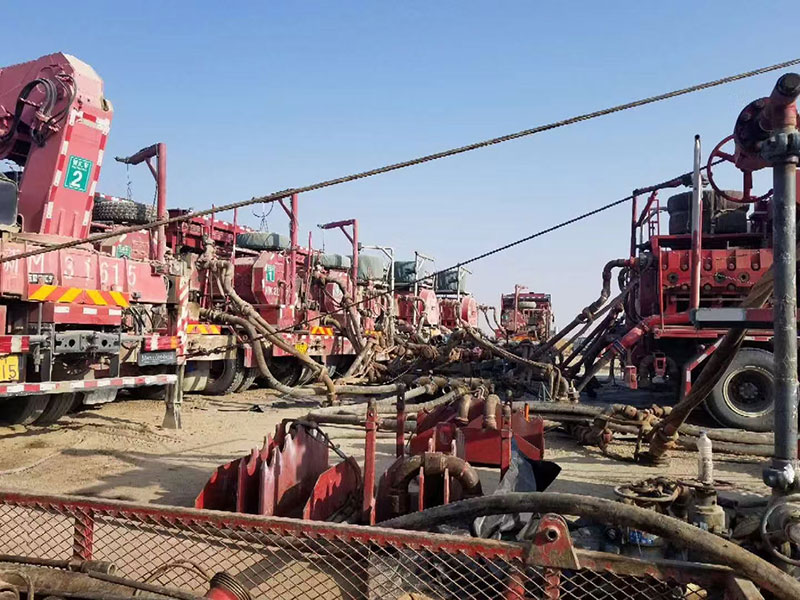PLA Fiber as a Temporary Plugging Agent in Oilfields
Polylactic acid (PLA) is a biodegradable polymer derived from renewable resources like corn starch. Its environmental friendliness and degradability make it an attractive choice for temporary plugging applications in oil and gas operations.
Bridge and Plug Fractures: The fibers enter high-permeability zones and fractures, where they entangle to form a network that effectively seals the pathways.
Enhance Gel Strength: Incorporating PLA fibers into polymer gels, such as those formed from sodium alginate and amino gelatin, creates a three-dimensional network. This structure enhances the gel's strength and heat resistance, enabling it to seal fractures up to 1 mm wide at temperatures of 120 °C and pressures of 5 MPa.
Degradability
PLA's biodegradability is a significant advantage:
Hydrolytic Degradation: PLA undergoes hydrolysis, breaking down into lactic acid monomers.
Microbial Decomposition: The lactic acid is further degraded by microorganisms into carbon dioxide and water.
Timeframe: Complete degradation typically occurs over approximately 60 days. However, the process can be accelerated by adding degradation accelerators.
Application Considerations
Dispersion Challenges: Higher concentrations of PLA fibers can lead to dispersion issues, potentially affecting the uniformity of the plugging agent.
Cost Factors: While environmentally beneficial, PLA-based systems may incur higher costs compared to traditional materials.
Removal Post-Operation: The degradable nature of PLA ensures that the plugging material does not require mechanical removal, reducing the risk of formation damage.
Scene 1: Papermaking

Scene 2: Oil Field

